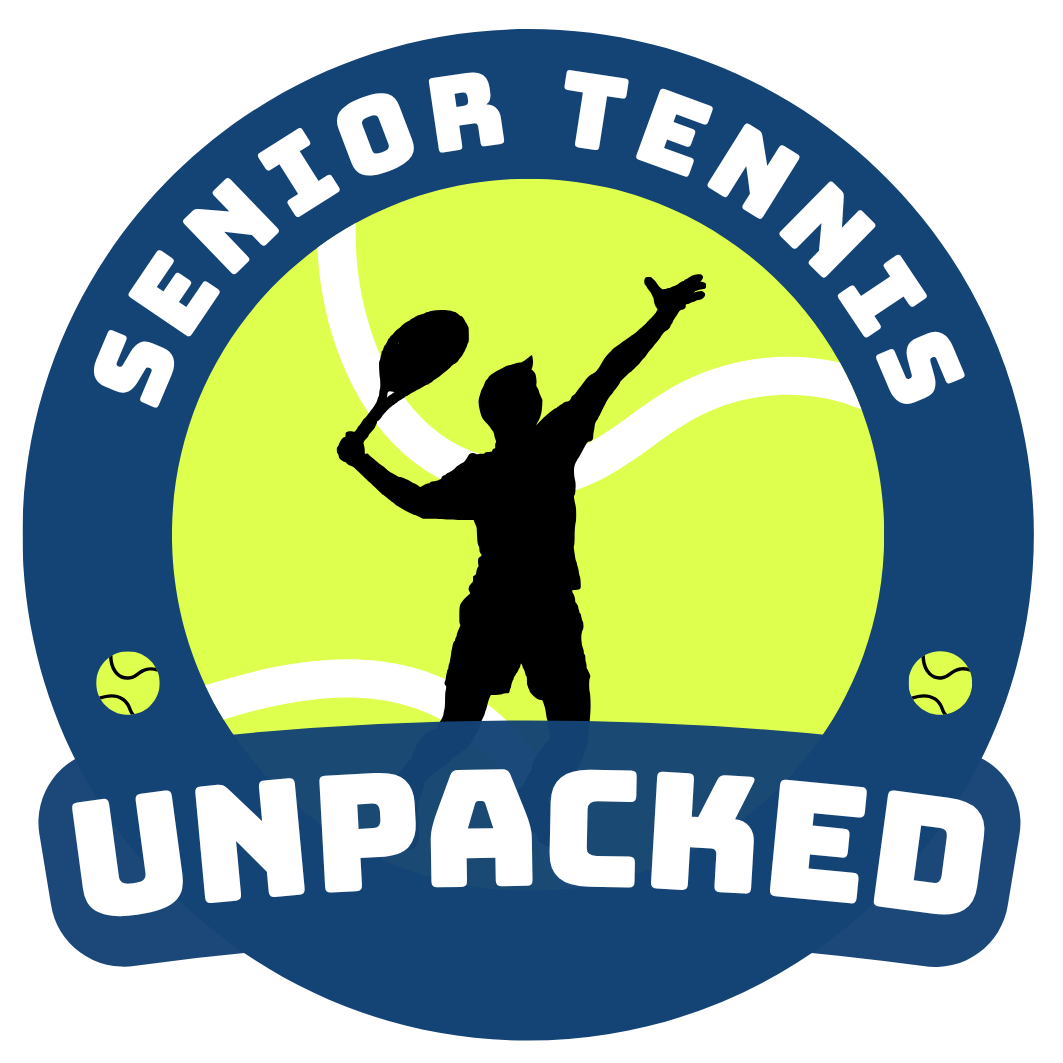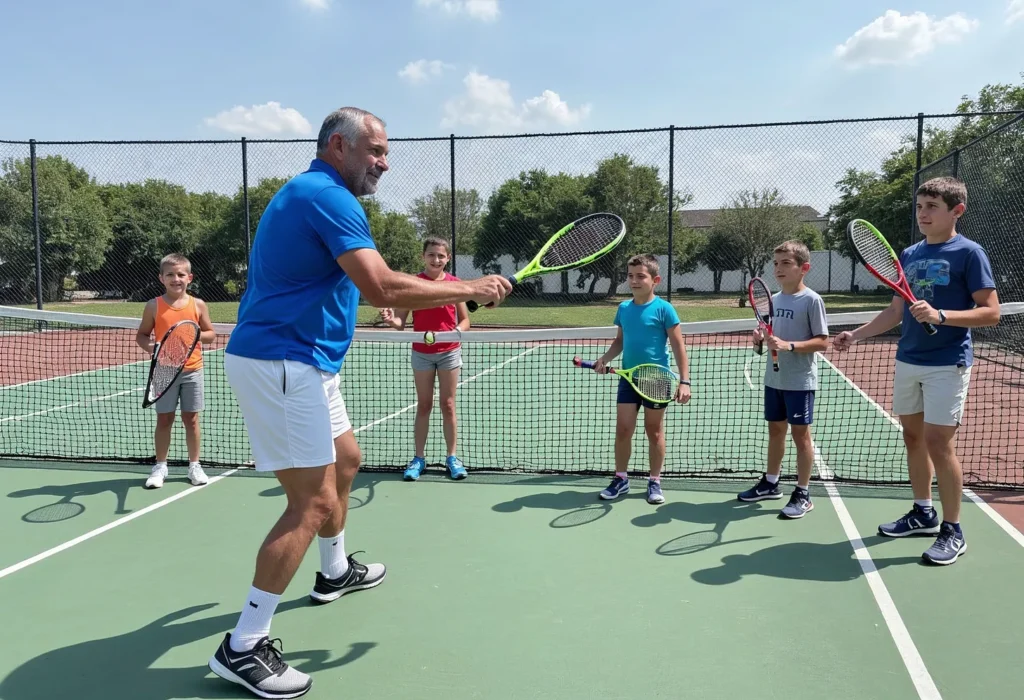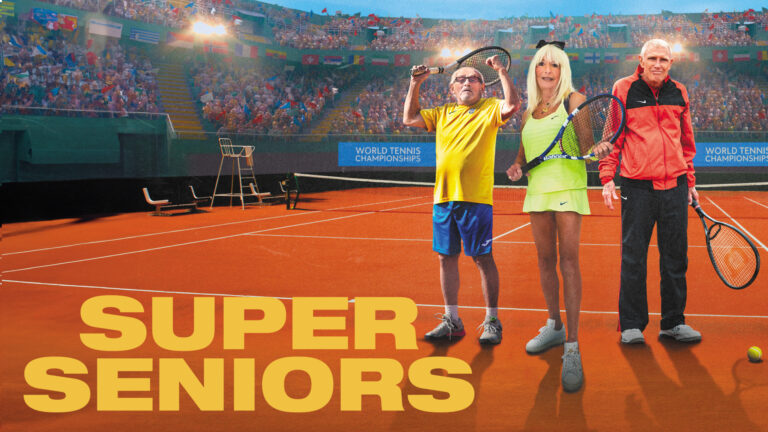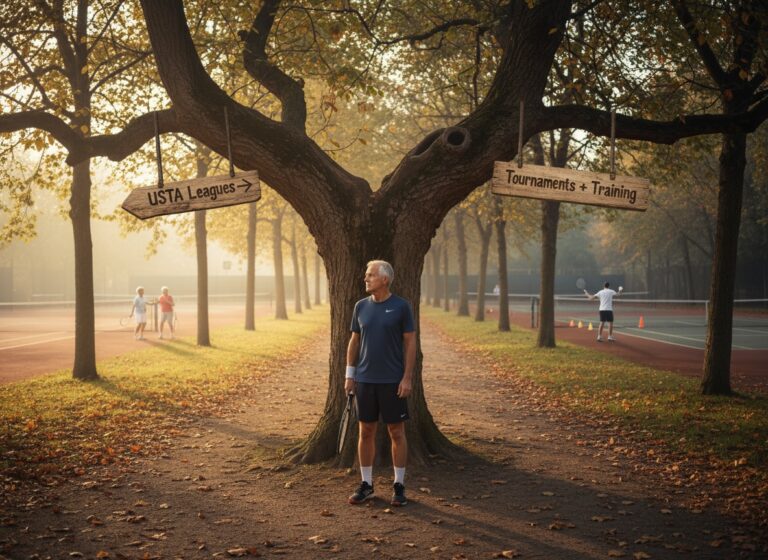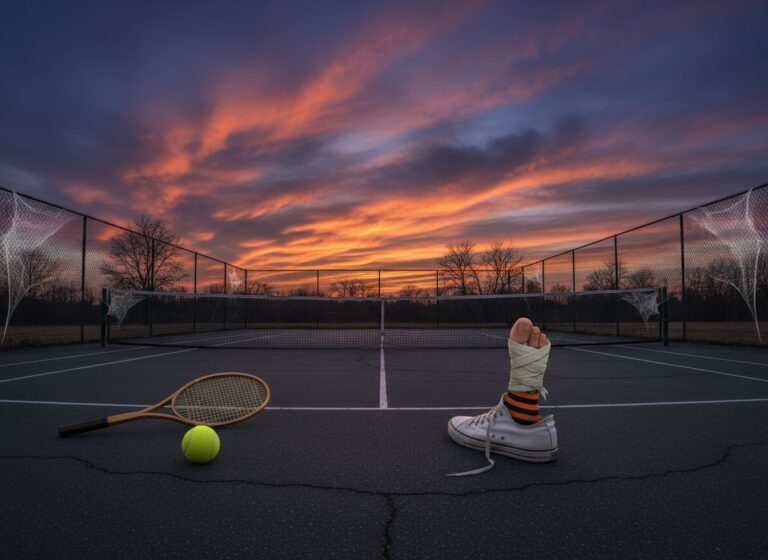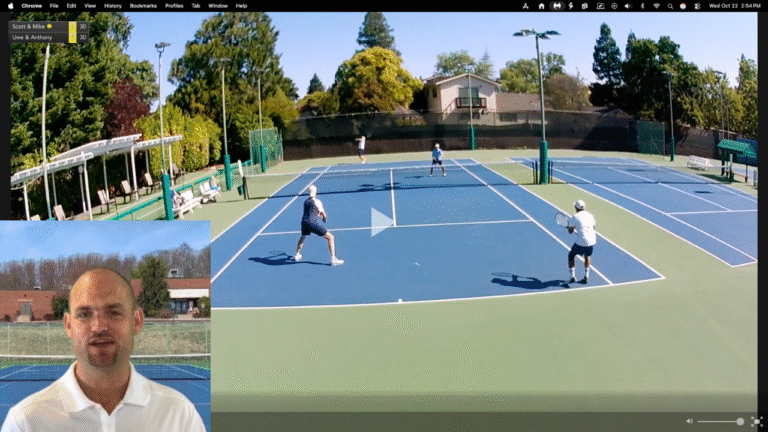Let’s rewind to the start. My reasons for jumping into tennis coaching? Simple enough on paper. First, I wanted to help new players pick up the game, maybe get hooked—and, selfishly, keep them away from pickleball’s siren call. Second, I thought coaching might just force me to actually understand tennis, not just play it. If I could bump up my tennis IQ in the process, maybe I’d stop making those bonehead mistakes that lose me matches against people half my age (or twice my speed).
Back to School, Tennis Edition
So there I was, signing up for a weekend coaching clinic. Nothing fancy—just the basics. We covered everything from tiny courts and foam balls for the little ones, to regular-sized courts for the grown-ups still learning to keep the ball in play. The idea: make tennis less of a chore and more of a game right from the start. Trust me, if you’d seen me at five years old, swinging a wooden racquet the size of a canoe on a court that looked like a football field, you’d know why sticking with tennis didn’t happen. As soon as I figured out I could join little league and play baseball with a bat that was actually designed for my hands, tennis took a backseat. Sure, I still hit balls off the garage door every now and then—until I started aiming for the trim just to see how far the ball would ricochet down the driveway, which, for the record, is a terrible way to work on your footwork.
After the weekend class, there was more to do. I needed a Level 1 coaching certification, which meant another round of online courses. This time, instead of court sizes and ball types, we got into how to actually run a class. Stuff like “don’t lose track of the kids,” “try not to bore the adults,” and “learn to keep the drills moving.” I passed, got my little certificate, and thought—alright, I’m ready to coach!
Enter the Real World (and Corporate Training)
So I wandered over to the local park, chatted up the pro who ran the tennis clinics, and asked if he needed any help. To my shock, he said yes. Just like that, my coaching career was off and running. Well, almost. First, I had to go through the company onboarding process, which had nothing to do with tennis and everything to do with policies, harassment training, and how not to embarrass yourself or the company. For someone who’d been self-employed most of his life, this was a different world. I still laugh thinking about the days when a “background check” used to be as simple as showing your driver’s license and social security card, no fingerprint scans or ten-page forms. Oh, and if a green card was required, just show your American Express card. Good times.
Finally, after checking all the boxes and surviving the online HR gauntlet, I was cleared to step onto the courts as a “real” coach. Yeehaw, right? Not so fast.
Shadow Games: Learning from the Sidelines
My first assignment was to shadow another coach and see how the magic happened. Naturally, I got tossed in with the 4-7 year olds. For context, my own kids are in their twenties and I have zero grandchildren, so my experience with the under-ten crowd was a bit, let’s say, rusty. I survived the hour, but I told myself, don’t stress—this is just training. Surely they wouldn’t leave me alone with a bunch of preschoolers, right?
Next up, I got to shadow the adult classes. Hallelujah. This was more my speed. The adults were mostly beginners, though their skill levels bounced anywhere from “never picked up a racquet” to “almost keeping score.” I figured I’d do just fine. The lead coach asked me to feed balls during the drills, so I stepped up confidently—and promptly failed. Turns out, it’s a lot harder to toss gentle, perfect feeds than it looks. My aim was so off, I was ready to sign up as a student myself and start over from scratch. At least when I’m hitting for myself, I can smack the ball as hard as I want and aim for the lines. Feeding? Whole different ball game. The coach was kind, took over, and told me not to worry—it’s a skill you build with practice. Note to self: go home and work on ball feeds if you ever want to survive another class.
Baptism by Tennis Ball
After a few more weeks of shadowing, I finally got my chance. They needed someone to take over a class for the rest of the session. Which class, you ask? You guessed it: the 4-7 year olds. I started to wonder if this was some kind of initiation for every new coach. My only instructions were to keep the kids safe, moving, and, above all, happy.
Just as I was bracing myself, another coach asked if I could take over his next two classes—a beginner adult group and an intermediate group—right after the kids. His parting gift was a text with a lesson plan for each class, which felt like getting a map before being dropped in the jungle.
The night before my first solo day of coaching, I was a bundle of nerves. I went down a rabbit hole on YouTube searching for “fun games for kids tennis” and tried to draw up the perfect lesson plan. Impostor syndrome hit me hard. What was I thinking, signing up for this? My wife, ever the supportive partner, tried to pep me up, then left the room cackling at my panic.
Morning came. I did a few rounds of box breathing like some kind of tennis yogi and headed to the courts. The kids didn’t scare me; it was the parents on the sidelines, arms crossed, watching my every move, that had me sweating. Here’s what I learned: most parents just want their kids worn out so they’ll nap the rest of the day. Mission accomplished.
Adulting on the Courts (Sort Of)
After wrangling a pack of seven-year-olds, the intermediate class felt like a gift. With only three players (thanks, Fourth of July hangovers), we zipped through forehand and backhand drills. This time, I was feeding regular yellow balls from across the net. I learned to cover for my bad feeds with, “In tennis, the ball never comes right to your strike zone, so get used to it!” Turns out, even mistakes make good teaching moments. We wrapped up with a set of doubles. With only three players, I jumped in. I won’t lie: those 80 minutes flew by.
Last up was the beginner adult class. Only one student showed up, which instantly turned it into a private lesson. Besides showing my wife the mysteries of the topspin forehand, I’d never done a one-on-one lesson. We worked through forehands, backhands, footwork, and serves. I worried the advice I gave would clash with what the previous coach had taught, but she said she actually picked up a few new tips and left happy. Maybe I had a shot at this coaching thing after all.
So Much for My Master Plan
My original plan was to teach adults. Nice, simple, grown-up lessons—teach the grip, some basic strokes, run a few drills, send everyone home tired but happy. Reality? Not quite.
In a few short weeks I’ve learned more about patience, improvisation, and pretending to have a plan than I ever thought possible. You think you know tennis until you try to explain it to a six-year-old who can barely reach the net. But I’ll keep showing up, lessons plans in hand and extra tennis balls in my bag, ready for whatever comes my way.
Tales from the Trenches: Lessons Learned
If you’re thinking about coaching—especially in your golden years—let me lay it out for you. It’s not about being the best coach ever. It’s about showing up, laughing at yourself, and remembering what it’s like to be new at something. You’ll mess up. You’ll feed the ball into the fence instead of the player’s racquet. You’ll forget your own drill halfway through explaining it. And guess what? Nobody cares. The kids just want to chase balls and the adults just want to hit something they don’t have to chase.
I’m still learning. I still have nights where I stress over lesson plans and mornings where I wonder what I’ve gotten myself into. But every now and then, a beginner nails their first rally or a kid grins after finally hitting the ball over the net and you remember why you started all this. Tennis can be frustrating, humbling, and, on days when the wind is just right and your knees don’t ache, a whole lot of fun.
Senior Moments (Not the Forgetful Kind)
A quick word to my fellow senior players: coaching isn’t just about giving back but about staying sharp and connected. Sure, your body doesn’t always cooperate like it used to, but your experience is worth more than you think. You’ve got stories, wisdom, and all those little tips nobody tells you when you’re starting out. Plus, nothing keeps you young like trying to corral a pack of sugar-fueled seven-year-olds with tennis racquets.
The best part? You’ll get to see tennis from a whole new angle. Suddenly, the things you struggled with as a player make sense when you’re teaching someone else. And on those days when you accidentally hit yourself with a tennis racquet (which will happen), just remember you’re in good company.
Ready for Anything (Except Maybe a Full Class of Toddlers)
Now I’m gearing up for my first six-week session as a solo coach. My dream of working just with adults? Out the window. The head pro put me in charge of the 4–7-year-olds, a group of 12–15-year-old girls and as luck would have it, adult beginners. Who knows, maybe I’ll help coach the next Carlos Alcaraz—or just the next kid who learns that tennis is more fun than running laps at soccer practice.
If you’ve ever thought about trying your hand at coaching (or just need a good laugh at someone else’s expense), let me know in the comments. Share your stories, tips, or best “oops” moments on the court. Hit that like button if you’ve ever fed a tennis ball into the parking lot instead of the service box. And don’t forget to share this with a friend who still thinks tennis is just for Wimbledon. See you on the courts!
